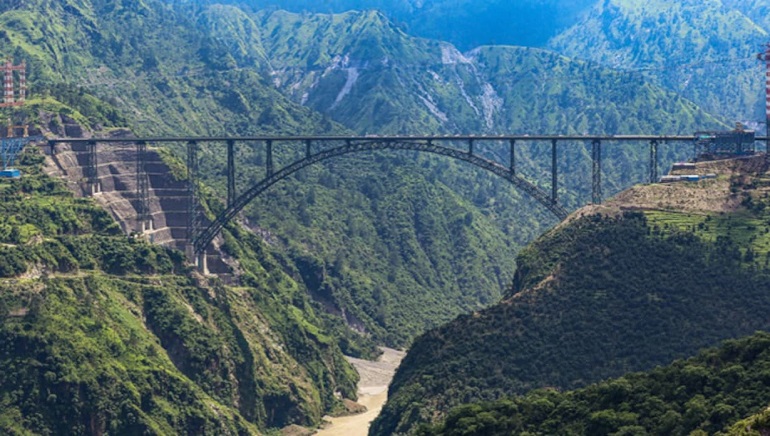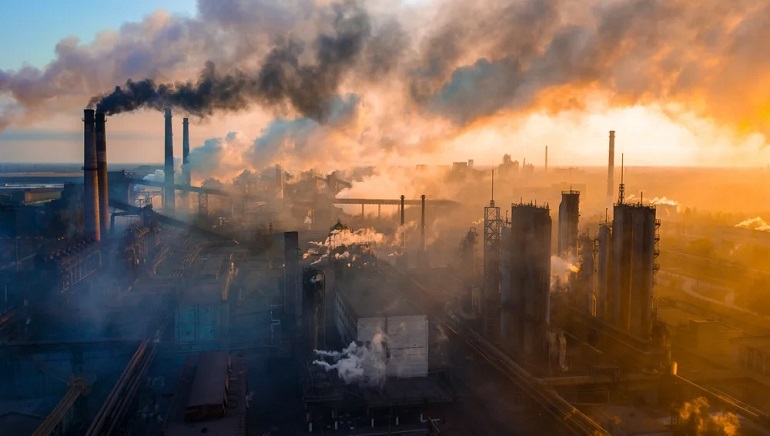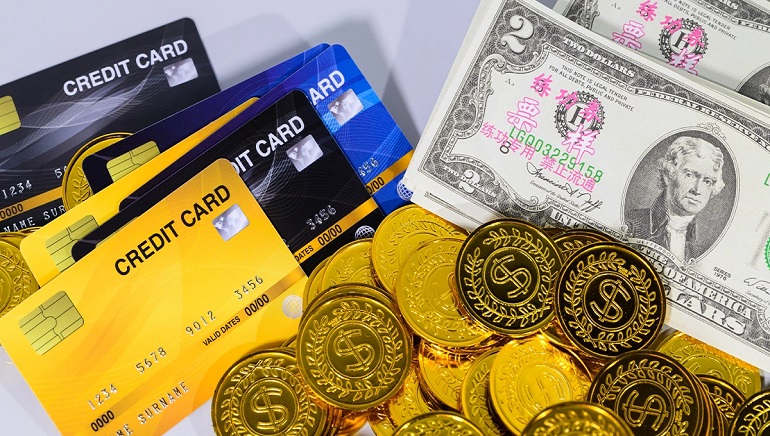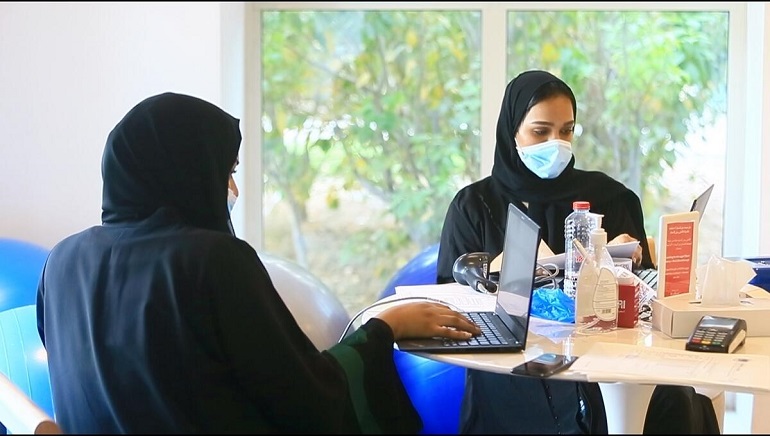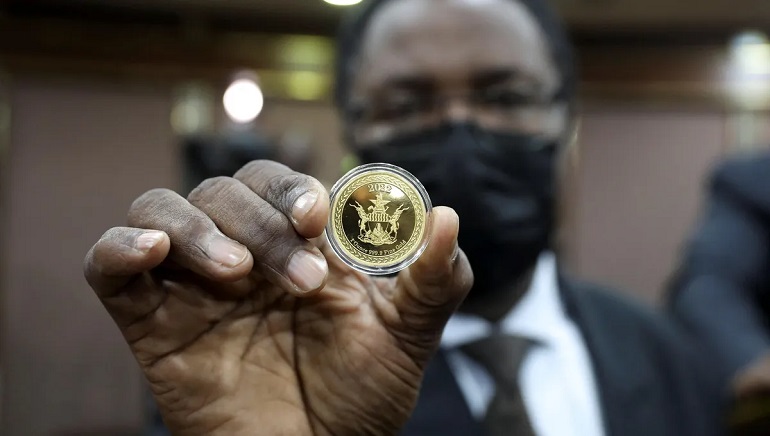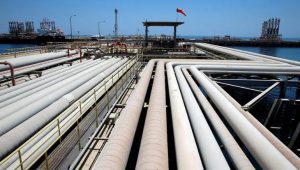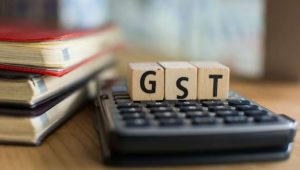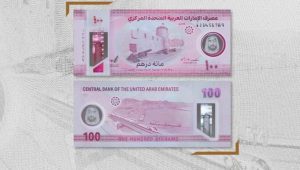On his visit to the world’s tallest railway bridge in Jammu and Kashmir on May 17, 2023, Mohamed Aslam, Minister for National Planning, Housing and Infrastructure, Maldives, was ”very impressed” with the Chenab Bridge and the development the Indian Railways is bringing to India.
The Chenab Rail Bridge is constructed 359 metres above the Chenab River in Jammu and Kashmir region. It is about 35 metres taller than the Eiffel Tower.
The ministerial delegation from Maldives also included Shifaz Ali, Minister of State for National Planning, Housing & Infrastructure, Republic of Maldives, Mahjoob Shujau, Project Director, PMU, Republic of Maldives, and Mohamed Jinan Saeed, Project Manager, GMC-MTL project, PMU, Republic of Maldives.
With the Udhampur-Srinagar-Baramulla Rail Link (USBRL) Project about to be completed, Indian Railways is edging closer to connecting the Kashmir Valley to the rest of the railway network. The Chenab Bridge is the highest railway bridge in the world. It is a structural marvel built across a gorge of Chenab Bridge in the Reasi district of Jammu and Kashmir under the USBRL Project.
The Ministry of Railways said the bridge will be open to visitors by the end of December 2023 or January 2024.





